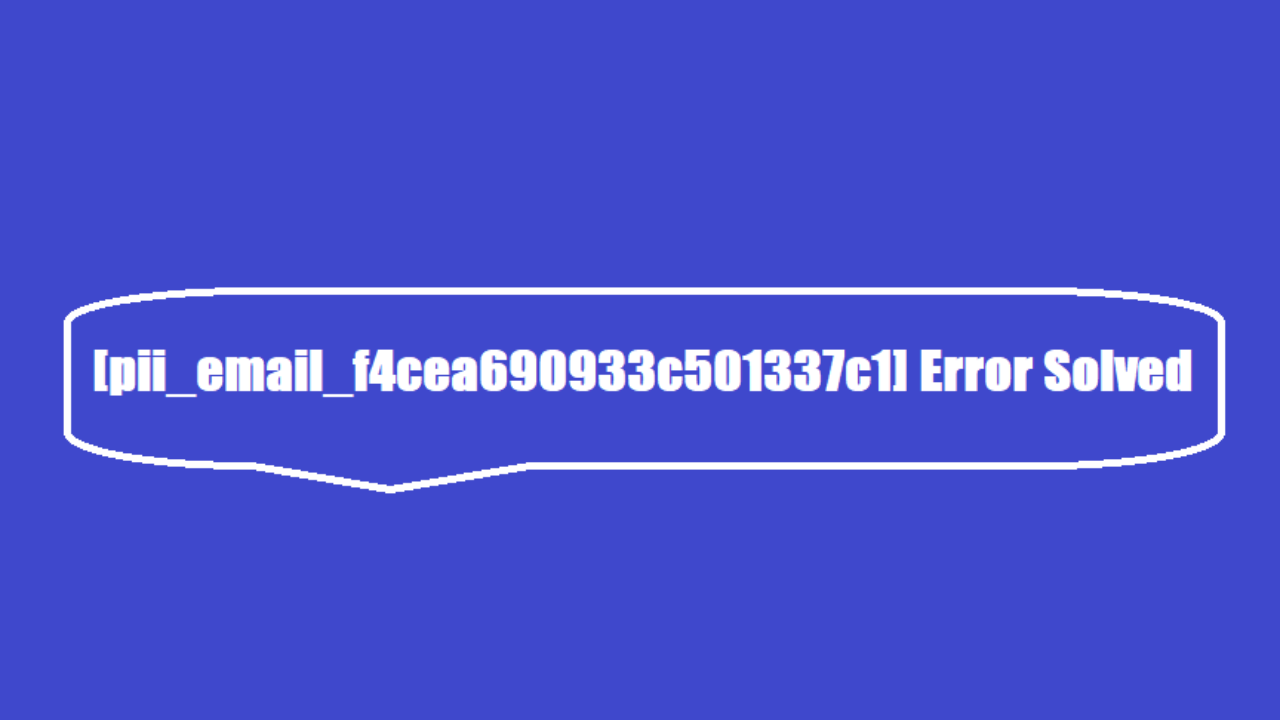
Top Tips About Web Design That Anyone Can Follow
When people design a website, they often forget to include a link to their homepage on their secondary pages. If you do not have a homepage link then your visitors may never be able to get back to the main part of your site. This article contains a number of tips on how to properly add a homepage link, so your visitors can always find a way home!
It is always good to add a favicon to your website. The favicon is a 16×16 image file in the .Ico format. This image is the one you see next to the URL bar, next to the title of the page on an opened tab and is also visible on your bookmarks tab if you choose to bookmark a page. The favicon will help users quickly recognize your page in their browser without reading any text or directly viewing the page.
HTML5 video is set to become the next standard for displaying videos on the web and naturally, you should offer both a way in which users can stream your content through an HTML5 format as well as another format such as flash for those who have an older browser version.
Avoid using so-called “mystery meat navigation”. This involves using unlabeled images or other elements for the site’s navigation. In many cases, the visitor has to mouse over the buttons to even see what they do. Navigation is best kept simple. Use text links across the top or along the left side of the page.
Use ALT tags whenever possible. These helpful tags describe an image to a viewer, assisting the visually impaired, as well as those who prefer to browse without images. As an added bonus, some search engines include these tags in their rankings, so you may get a boost by using them.
Use a style sheet to stay consistent. There is almost nothing more disconcerting than being sent to a page that looks at nothing like the site you were just looking at, even if it is concerning the same subject. Style sheets help with saving your formatting, so each page looks similar to the rest.
To help your website visitors easily navigate through your site, design it so that it becomes easy to find “stuff.” When you have a simple site that makes it easy to locate information, you keep your visitors there much longer. If you make it difficult for them, then they will get frustrated and leave.
Free design software is a valuable tool for quickly setting up a website. Though expensive software is certainly available, free products can work just as well when it comes to setting up and running your site. Do some research and try different software to find the tools you need the most.
Don’t use frames if you want to optimize your website. Many users like frames, but when search engines crawl your website, they will not see what is contained within them. If important site information isn’t seen by a search engine, then your ranking won’t be as high as it could be. You won’t get as many visitors.
It’s hard to go wrong with a simple color like white for the background of your website. A bright, white background makes it easier to read text; it also appears more professional. Complicated, artsy background designs look cool, but they can often be distracting to the reader. It is usually preferable to have a simple background.
Again, you need to put a link on every page of your site that allows visitors to return to your homepage. If you are aware of the key spots on a web page where you should place important links, then the visitors to your site will be able easily find them. Place your links and organize your website according to the tips you just read and visitors will enjoy looking at your web pages.








